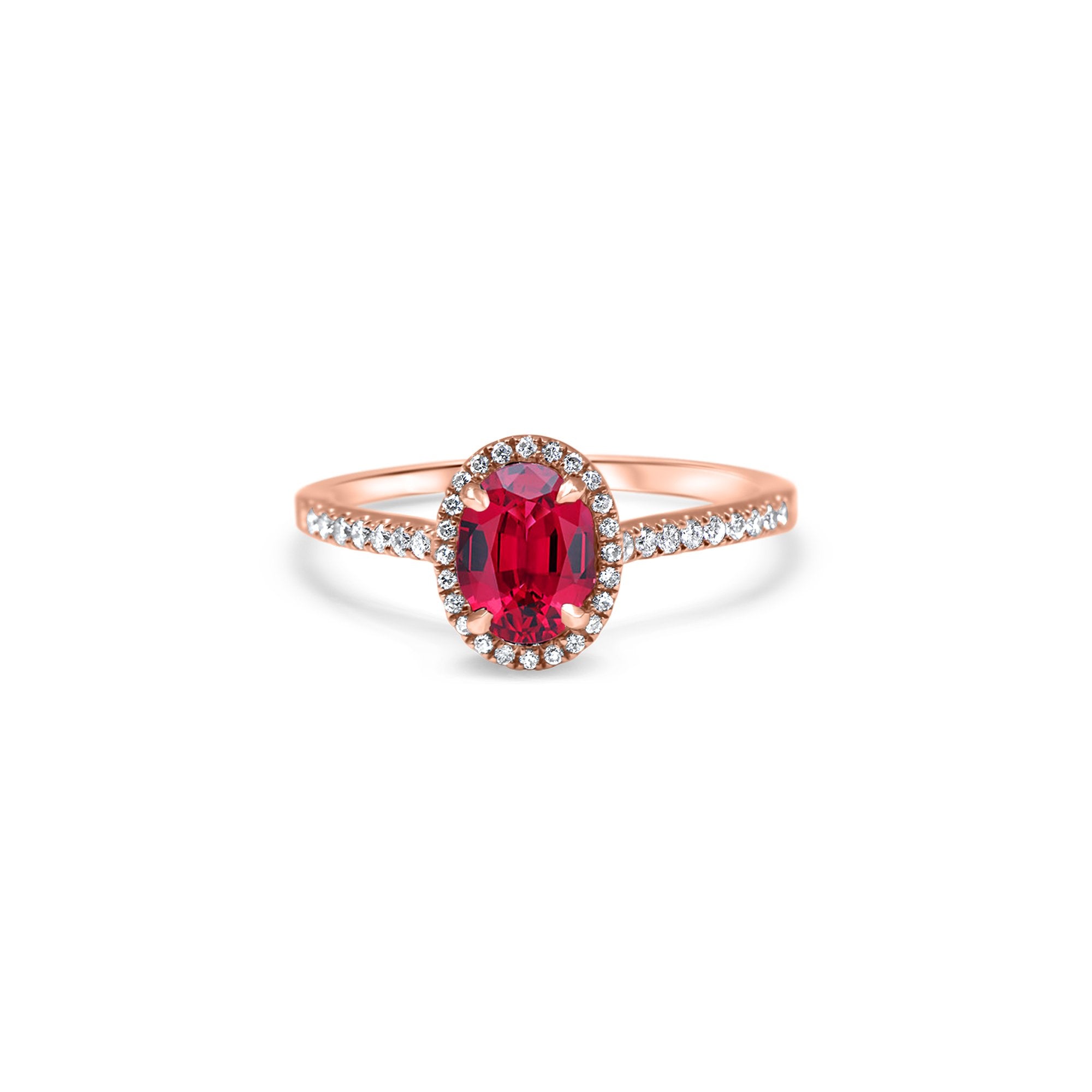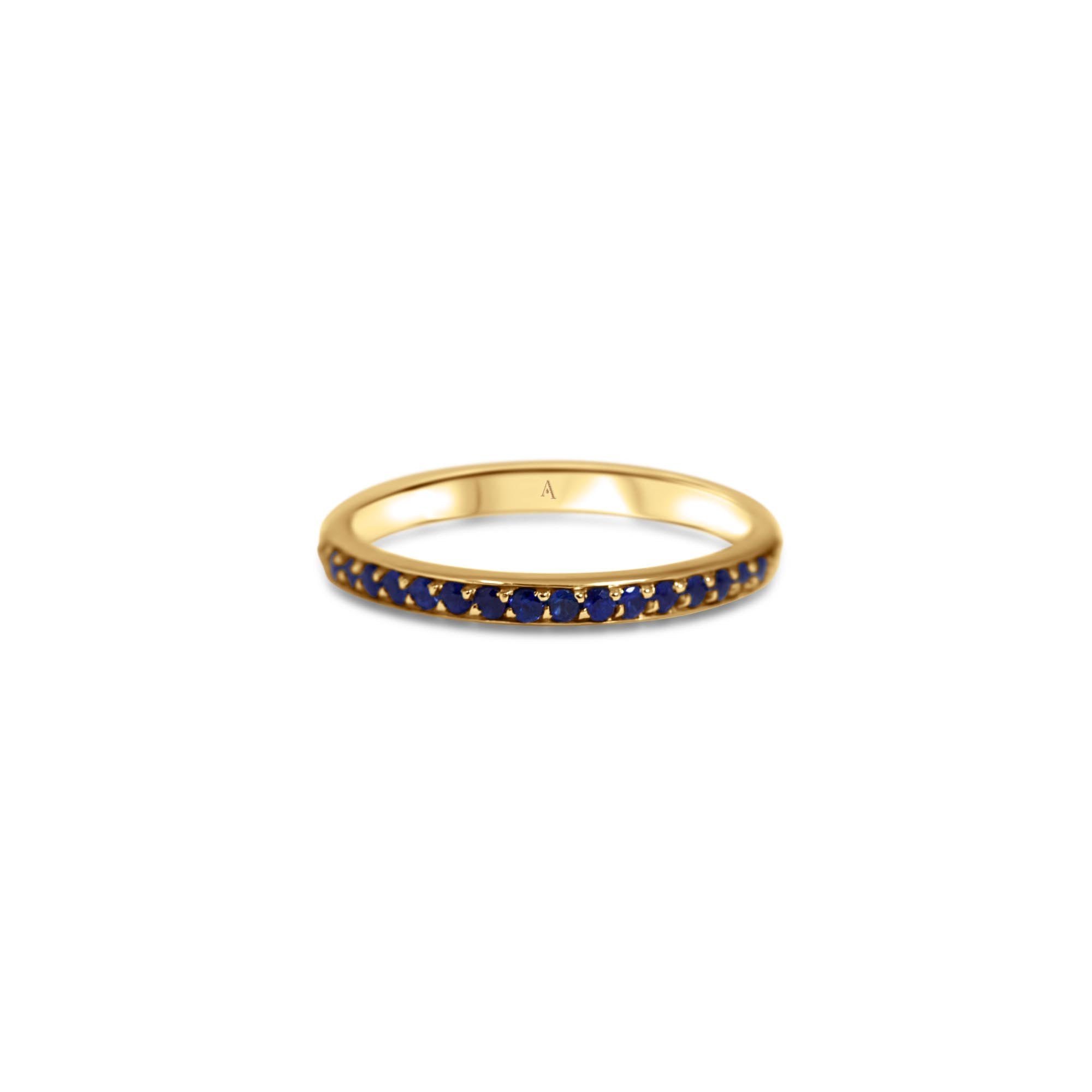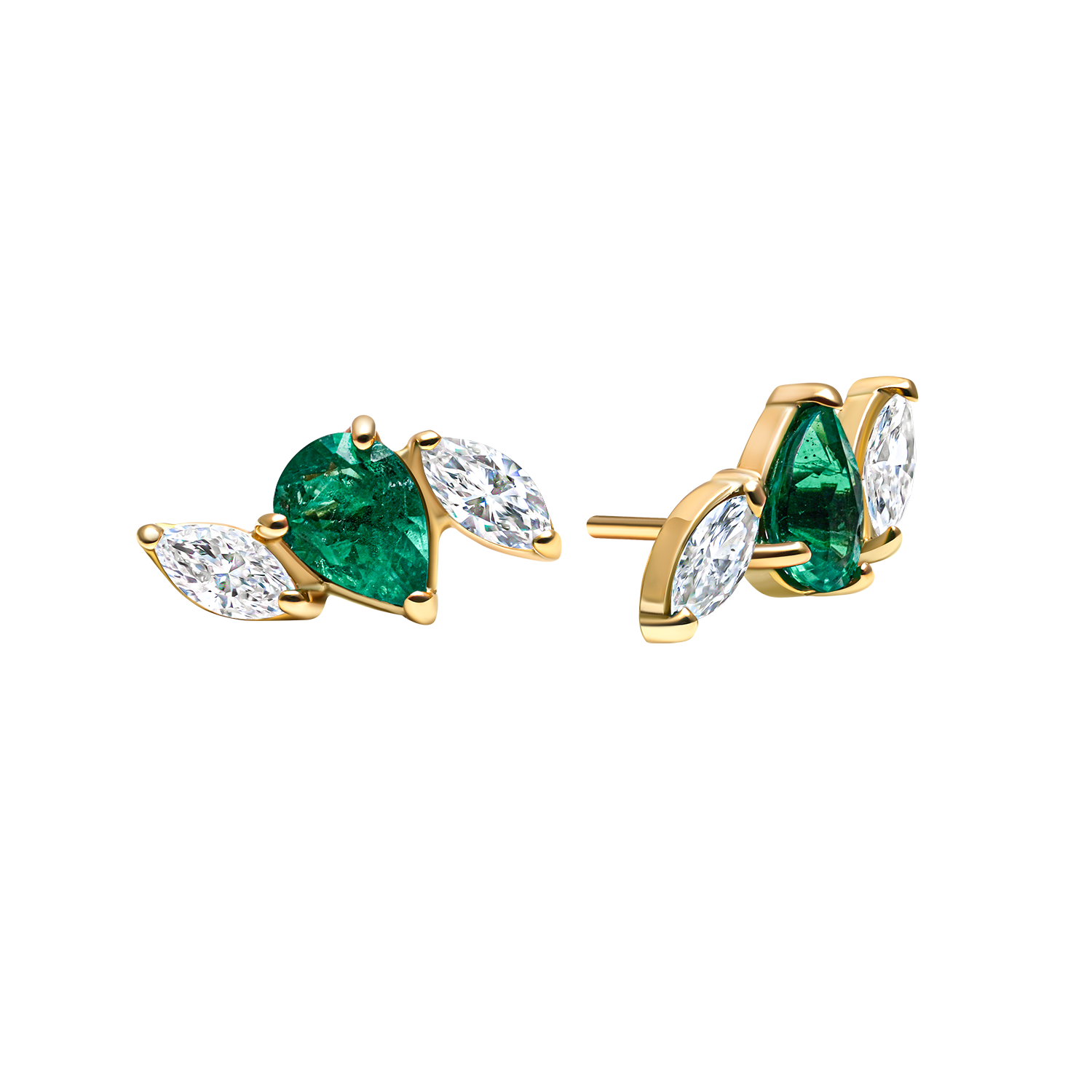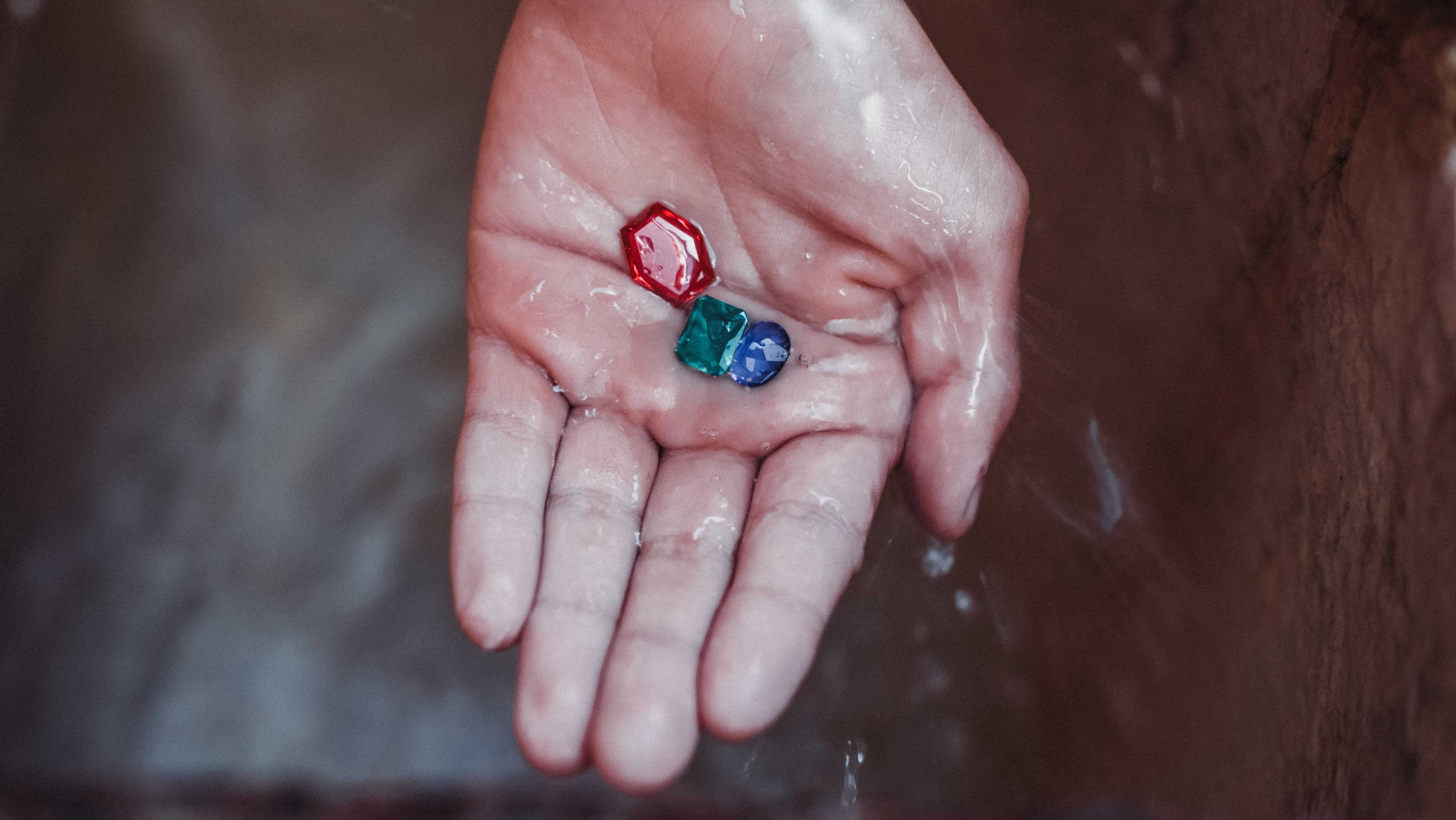Why is ruby considered a precious gemstone?
Ruby belongs to the corundum family, just like sapphire. What makes it an exceptional precious stone is the unique intensity of its red hue, its remarkable rarity, and its high hardness (rated 9 out of 10 on the Mohs scale), just below diamond.
Particularities of ruby
Mined rubies often feature inclusions that are not seen as flaws but as marks of authenticity. These inclusions help distinguish natural rubies from imitations and synthetic versions. Their frequent fluorescence intensifies their red glow under certain lighting conditions.
Most sought-after colors and qualities
The most valuable rubies display a deep, vibrant red known as pigeon blood. Prized for its beauty, saturation, and rarity.
Historical and current countries of origin
Historically, the most famous rubies come from Burma (Myanmar), especially from the Mogok Valley. Today, ruby deposits are also actively mined in Mozambique, Thailand, Vietnam, Sri Lanka, and Madagascar.

Particularités
Good to know: the Ruby
- Hardness and durability: 9 (very high, perfect for everyday jewelry)
- Stability: Very stable, resistant to common chemicals and high temperatures
- Maintenance: Safe cleaning with warm water, mild soap, and a soft brush
- Birthstone: July
- Anniversaries: 15th and 40th wedding anniversaries
- Personal tips: Perfect for highlighting hazel or brown eyes, or for those who love intense red
Facts and beliefs about the ruby:
- It was once believed that wearing a ruby brought strength, courage, and protection
- It was associated with physical and emotional vitality, as well as passionate love.

Particularités
Good to know: Blue Sapphire
- Hardness and durability: 9 (high durability, excellent for daily use)
- Stability: Very stable and resistant
- Maintenance: Warm water, neutral soap, and soft brush
- Birthstone: Month of September
- Anniversaries: Sapphire wedding (5th and 45th anniversaries)
- Personal advice: Ideal for highlighting blue or gray eyes, or for those who love deep blue shades
Interesting facts and beliefs about blue sapphire
- It symbolizes loyalty, fidelity, and purity
- It was believed to protect against envy and curses
- Historically, it was considered the ideal stone to seal lasting promises and commitments

Bon à savoir : Émeraude
Good to know: Blue Sapphire
- Hardness and durability: 7.5–8 (solid but requiring precautions due to the presence of natural inclusions)
- Stability: Sensitive to strong impacts and sudden temperature changes; avoid contact with harsh chemicals
- Care: Gentle cleaning with warm water, mild soap, and a soft cloth; avoid ultrasonic or steam cleaning
- Birthstone: Month of May
- Anniversaries: 20th, 35th, and 55th wedding anniversary
- Personal advice: Particularly enhances green or brown eyes; ideal for lovers of intense green
Interesting facts and beliefs about blue sapphire
- In ancient times, it was believed that emeralds strengthened vision and relieved eye fatigue.
- For the Egyptians, it symbolized eternal life and fertility — Cleopatra was known for her love of emeralds, sourced from the famous 'Cleopatra's mines'.
- For centuries, the emerald was considered a protective talisman against curses and diseases.
- Giving an emerald symbolized true love and hope, making it a stone
of choice for romantic promises. - A medieval legend claimed that by placing an emerald under the tongue, one could gain the ability to predict the future and express their thoughts clearly.



